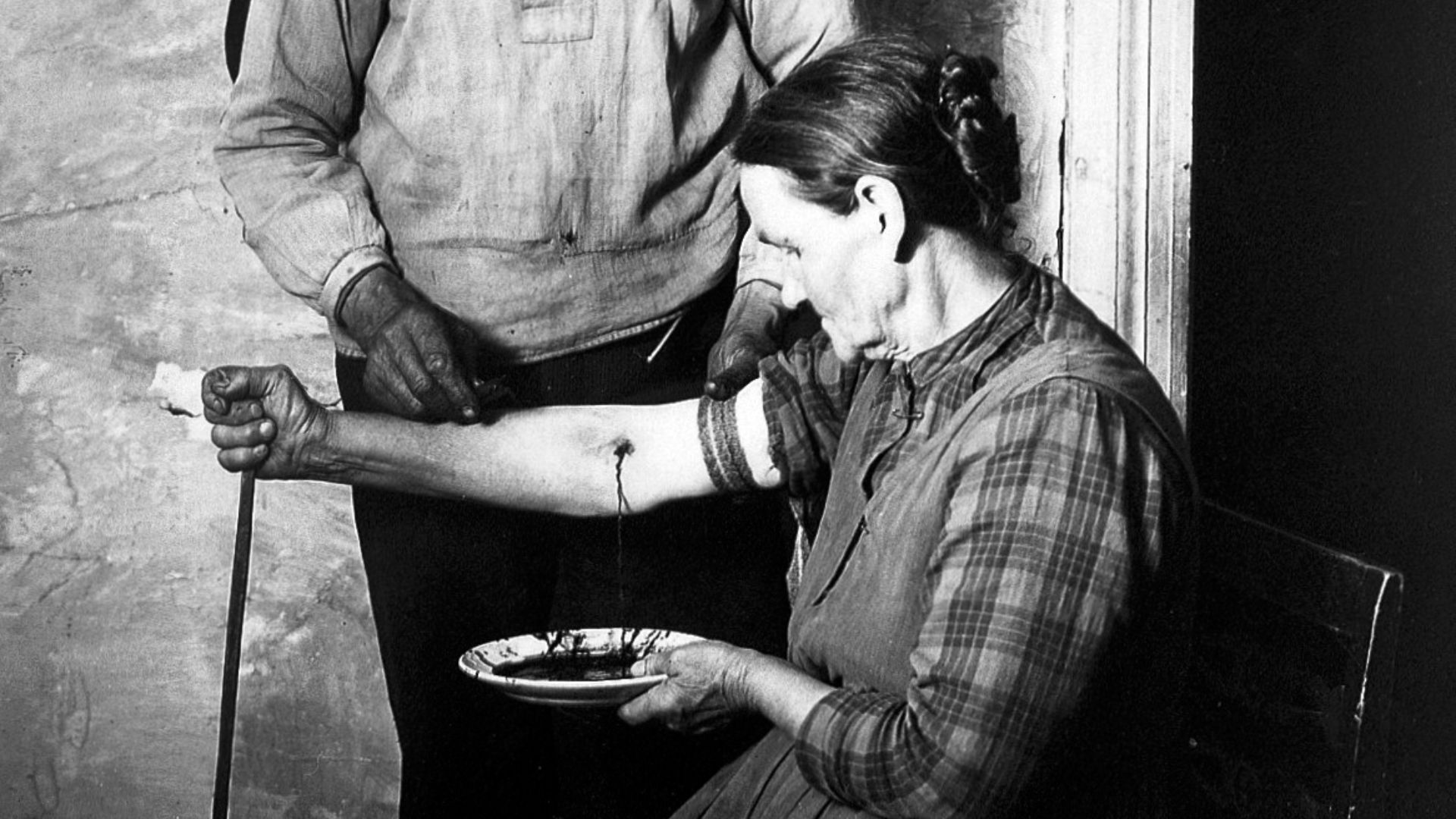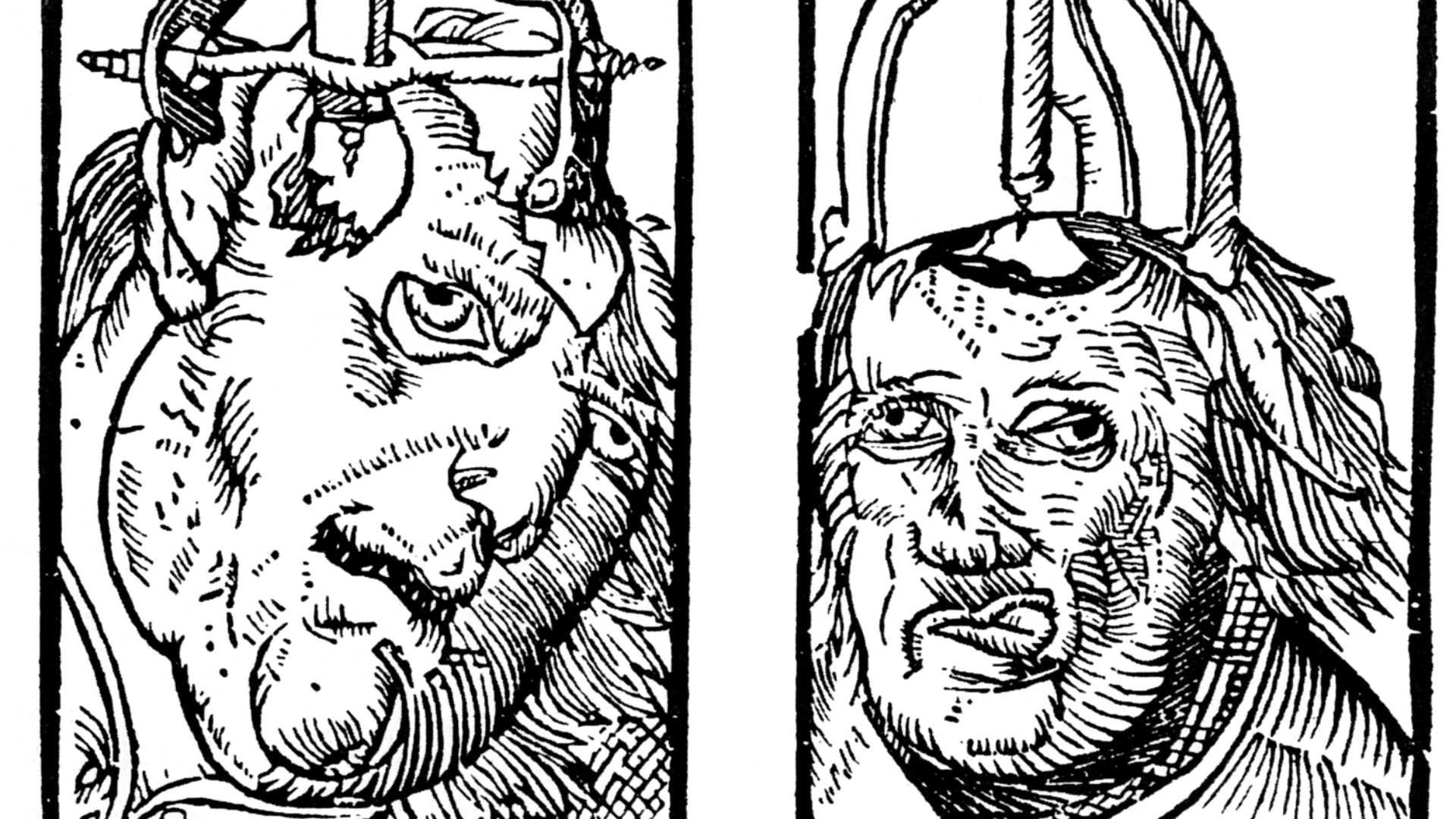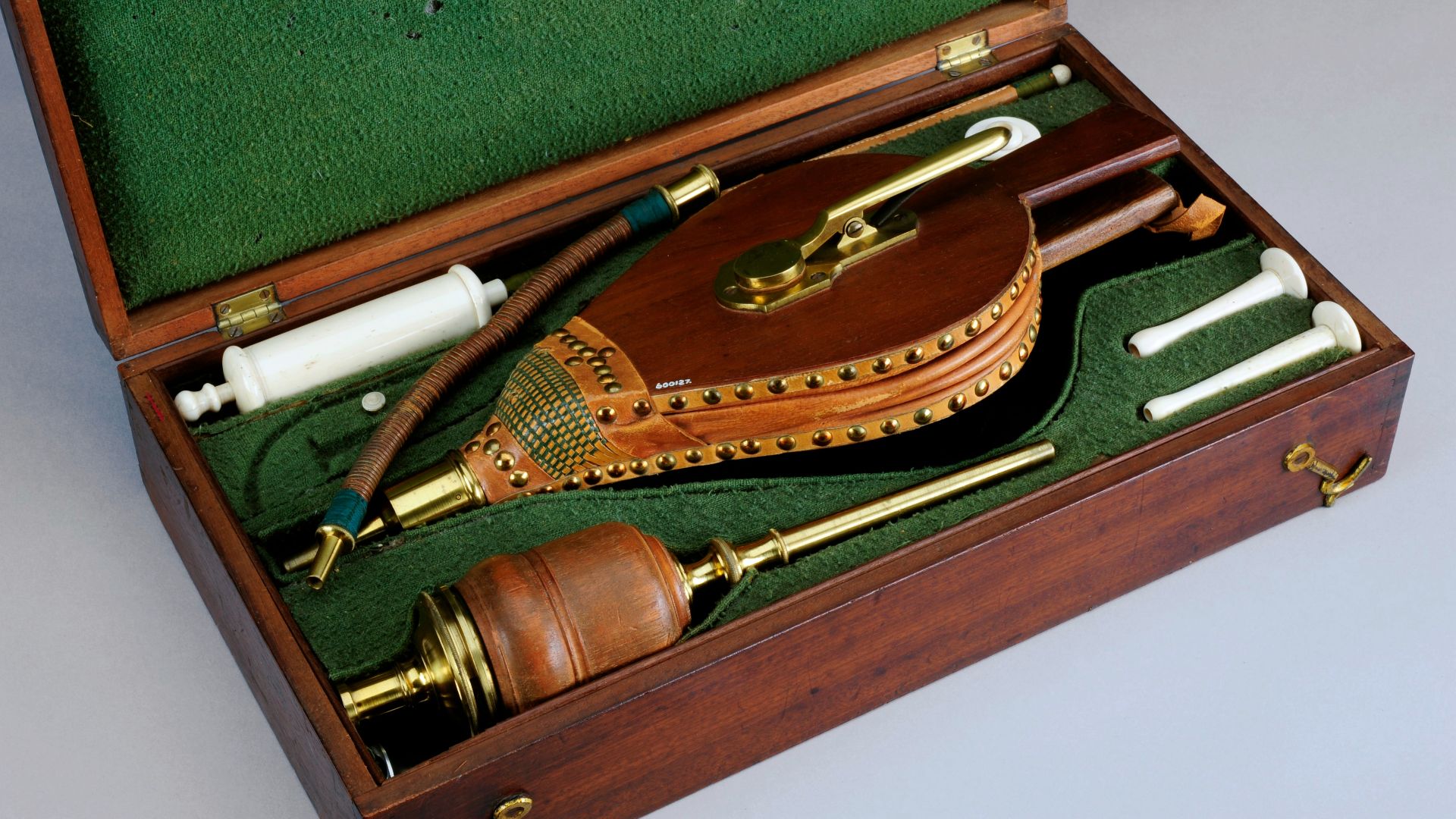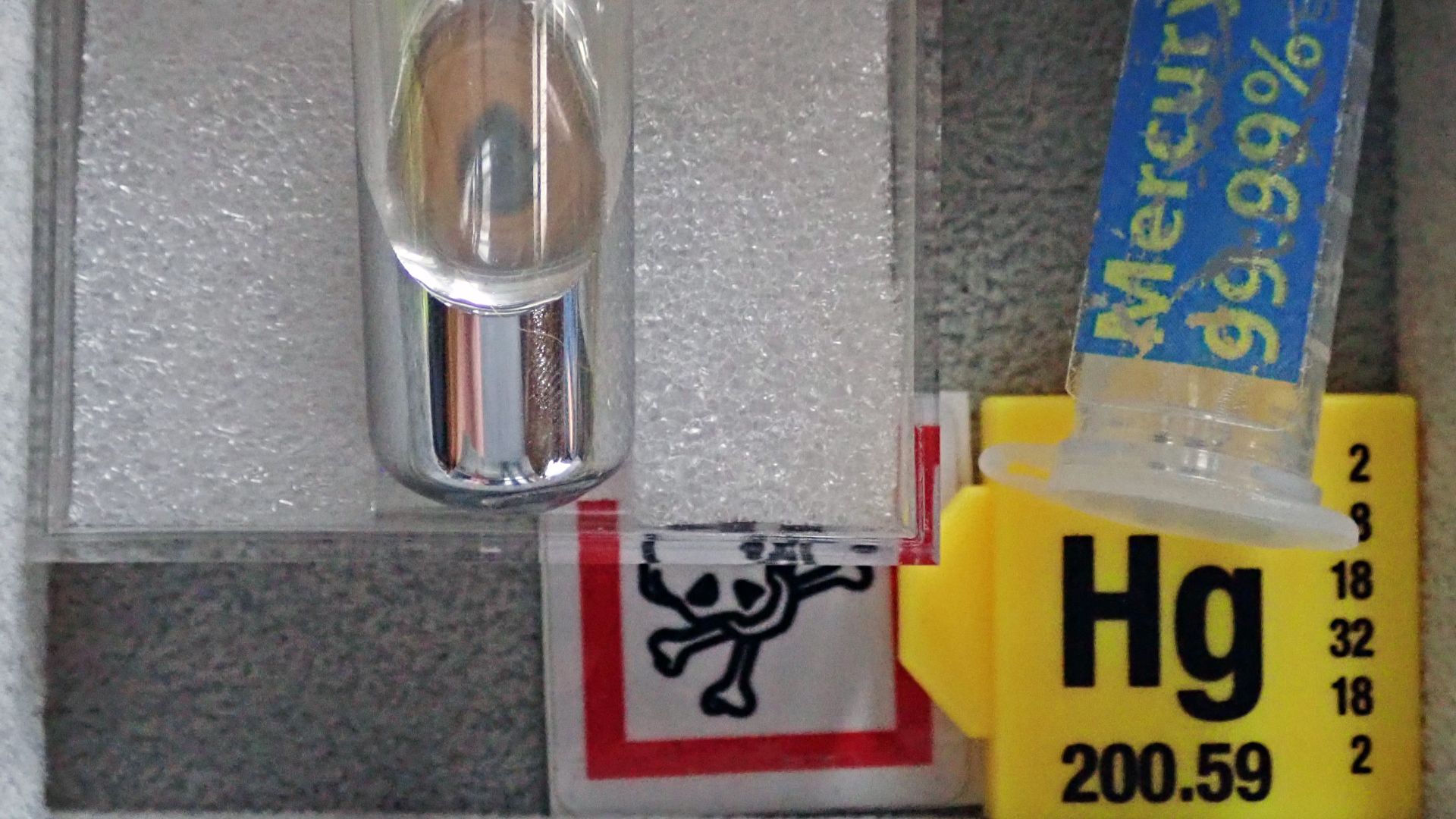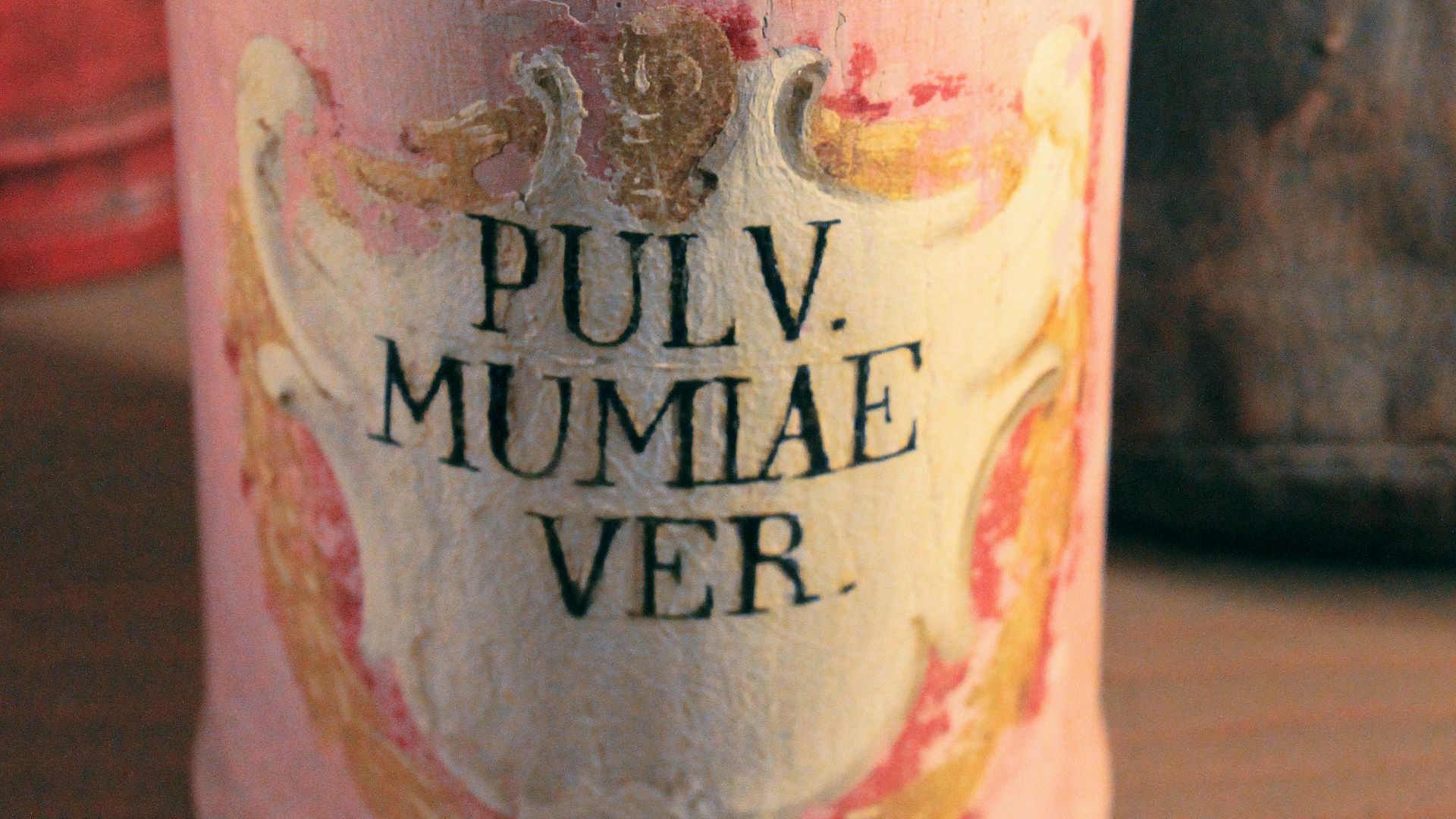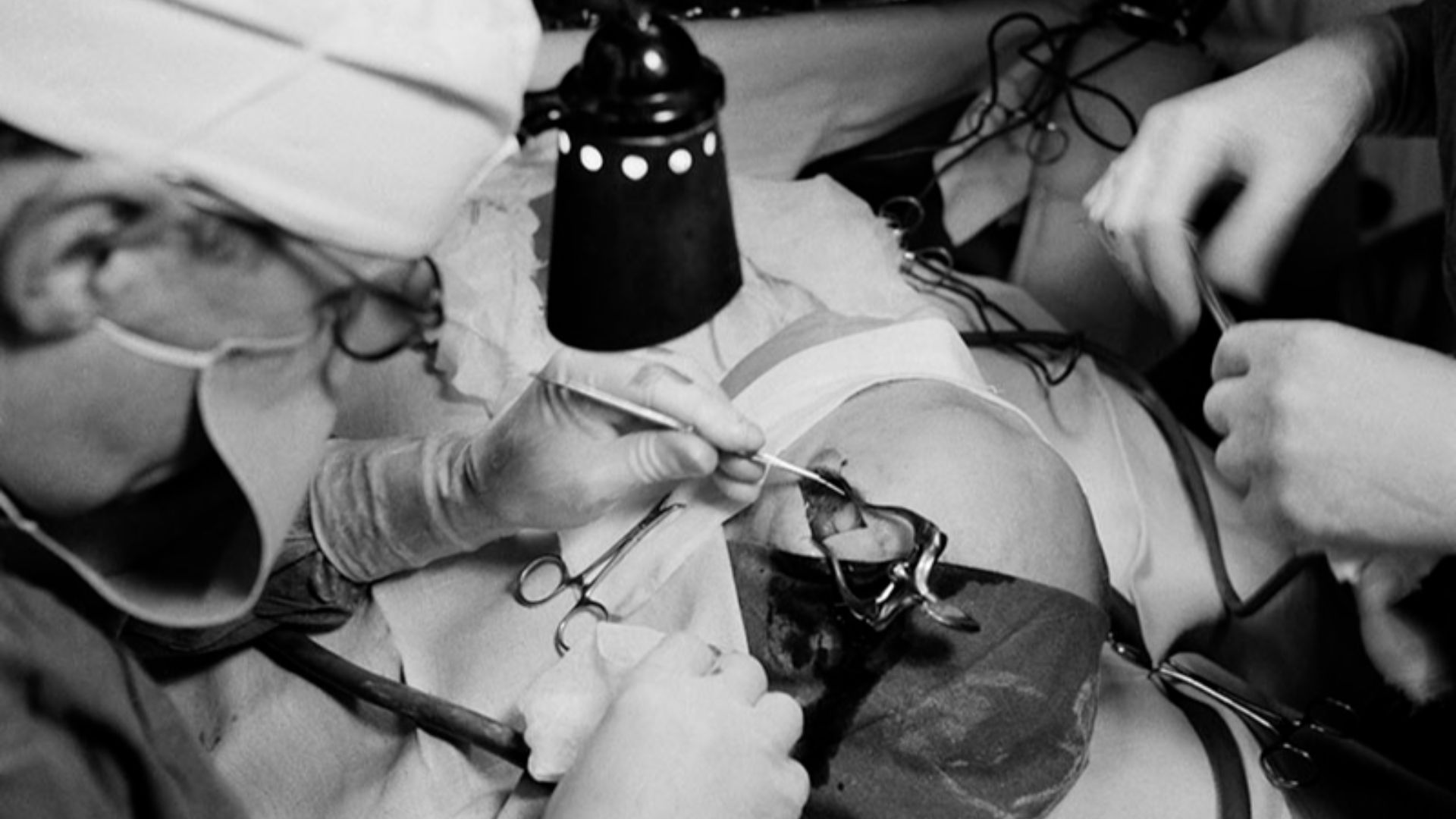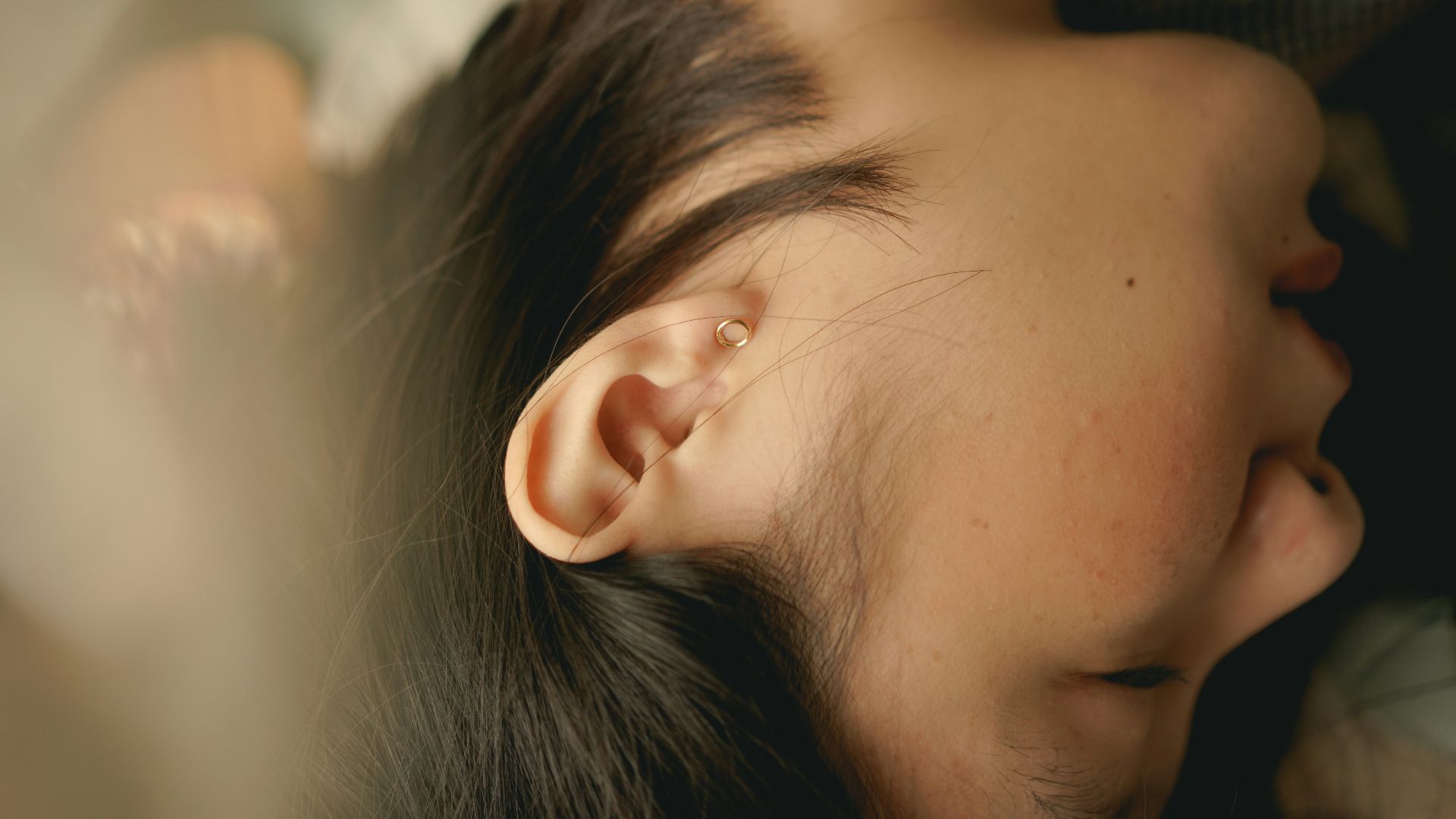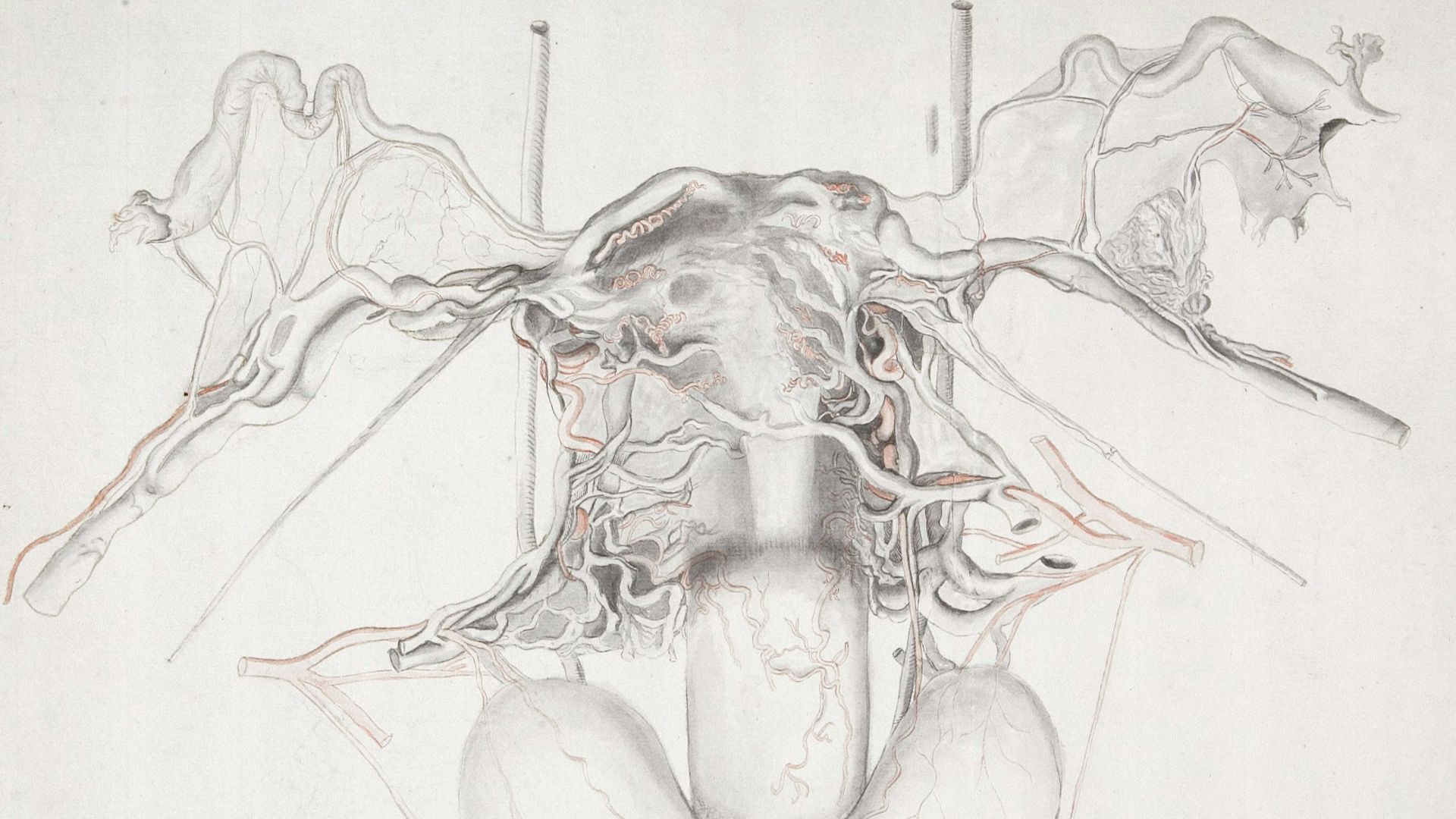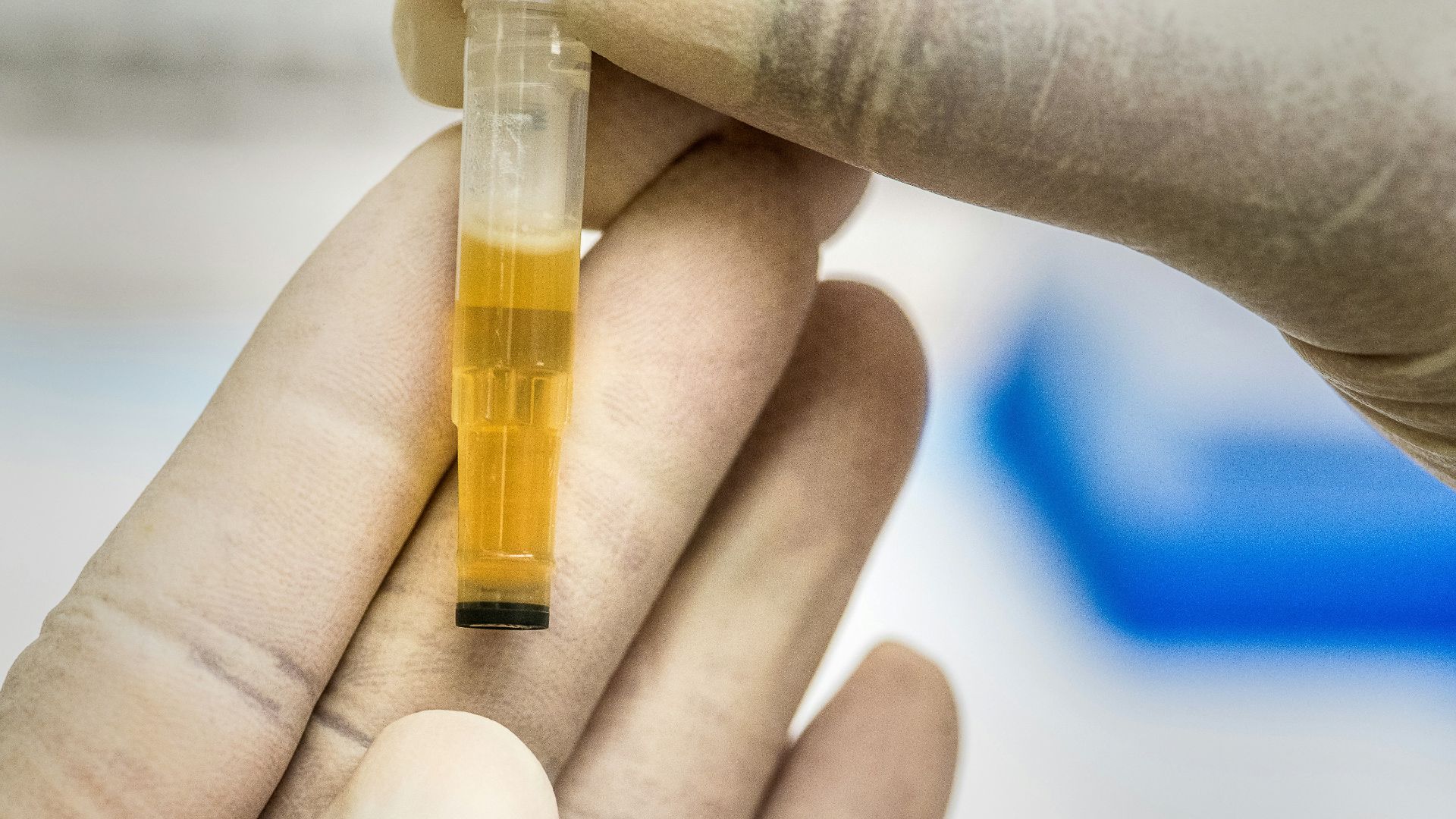Humanity’s Oddest Attempts at Healing
Medical history reads like a long experiment in hope and panic, with people doing whatever seemed reasonable at the time to survive another day. Some methods feel charmingly naïve, almost sweet in their earnestness. Others make us clutch the sides of our ribs and whisper, “They did what?” And yet, now and then, you can’t help noticing echoes of these old ideas hiding in modern treatments. They serve as a reminder that, as a species, we’ve always been tinkering with the marvelous mystery of the human body, sometimes with genius and sometimes with horror. Here are 20 of the strangest medical procedures ever performed in the name of science.
1. Trepanation for Troublesome Spirits
Drilling holes into the skull, right through bone, was a practice that endured for thousands of years. The notion was that by venting out the skull, demons, headaches, epilepsy, or whatever unseen force behind the illness could be given an escape hatch. People survived this more often than you’d expect, and their skeletal remains show the proof.
2. Arsenic as a Wellness Supplement
In parts of 19th-century Europe, small doses of arsenic were taken to improve complexion, boost energy, and strengthen a person’s lungs. Vendors sold it like a supplement, proclaiming that a little powder on the tongue before a long climb into the mountains would help maintain stamina. It was a Victorian pre-workout—only entirely poisonous.
3. Snake Pits for Mental Illness
Some physicians believed terrifying a patient could jolt them back to sanity. To this end, they constructed literal pits of snakes and lowered people in to revive them. It makes the modern “cold plunge” trends feel almost gentle by comparison.
4. Tooth Transplants from the Poor
In Georgian England, wealthy patients could buy a fresh tooth extracted from someone desperate enough to sell theirs. The donor would wait outside the clinic, receiving payment before the tooth was handed over. This practice was part of the era’s dental treatment, where tooth transplantation was attempted despite significant risks such as infection and rejection—not to mention regret.
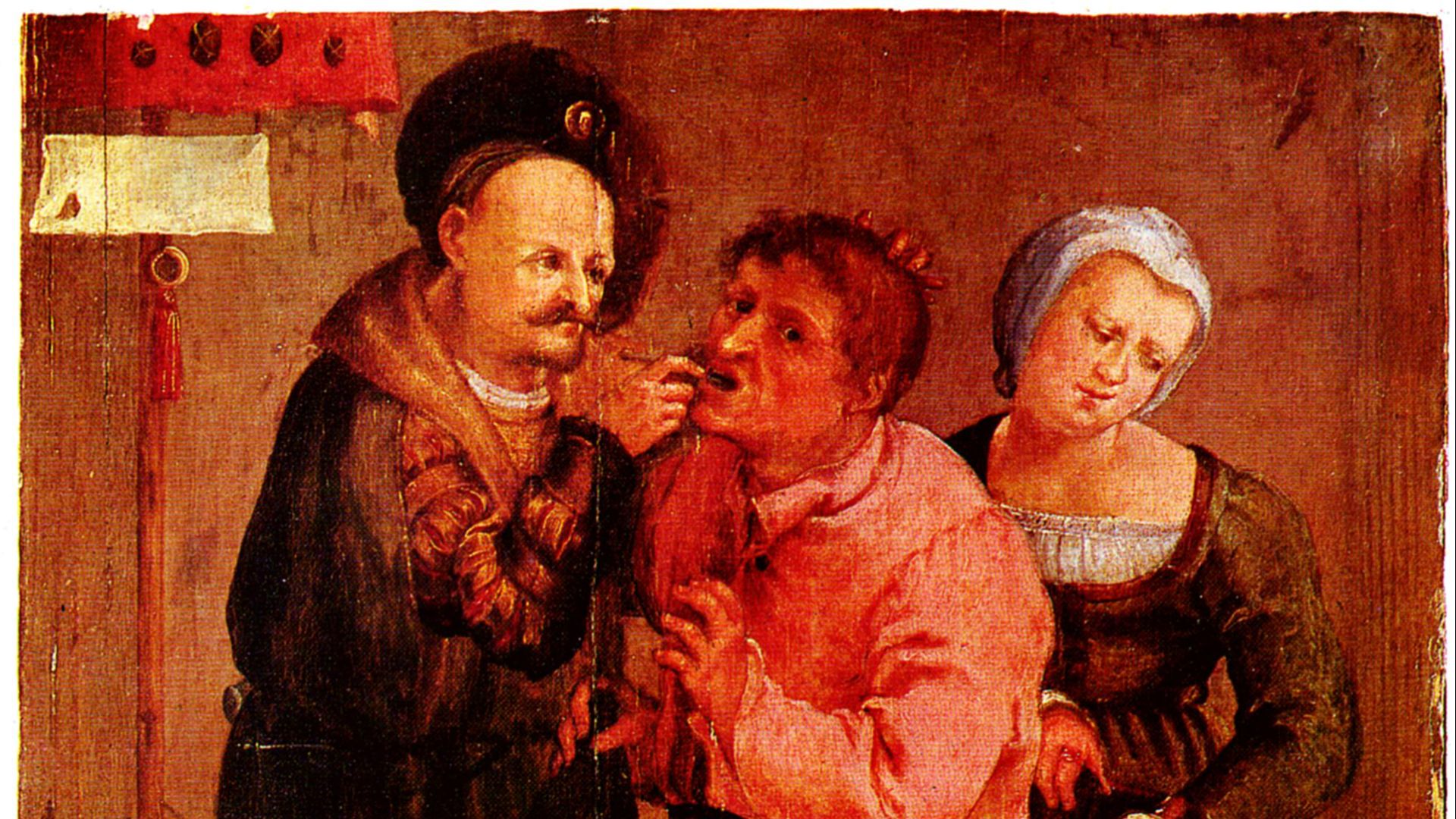 Johann Liss / After Lucas van Leyden on Wikimedia
Johann Liss / After Lucas van Leyden on Wikimedia
5. Tobacco Smoke Enemas
Blowing tobacco smoke into the rectum was considered a legitimate revival technique for drowning victims, as well as a treatment for conditions like hernias and gut pain. Official rescue kits lined riverbanks, complete with bellows. The belief was that the smoke’s stimulating properties could jumpstart respiration and circulation.
6. Goat Testicle Implants for Virility
In the 1920s, an American doctor named John R. Brinkley popularized the procedure of implanting slices of goat testicles into men seeking renewed vigor. Brinkley claimed that the procedure could cure impotence, boost fertility, and renew vigor. Oddly enough, it became quite popular.
 Unknown authorUnknown author on Wikimedia
Unknown authorUnknown author on Wikimedia
7. Bloodletting for Basically Everything
Every little ailment from a fever to a cough to a persistent sense of ennui was addressed by cutting a vein. Leeches were the gentle option, though no less misguided. Some households kept them in small jars near the stove, next to the spices.
8. Mercury for Syphilis
Mercury ointments, fumes, and drinks were doctors’ go-to for bacterial infections of the day like syphilis. People walked around with trembling hands and increasing psychotic tendencies, believing that this as-yet unrecognized neurotoxin was better than the alternative. Occasionally, it was—though only barely.
9. Radium Water as a Longevity Tonic
Early 20th-century energy tonics included radium-laced beverages sold in elegant glass bottles. The craze ended tragically when users, including a wealthy industrialist named Eben Byers, died from radiation poisoning due to prolonged consumption of the toxic drink.
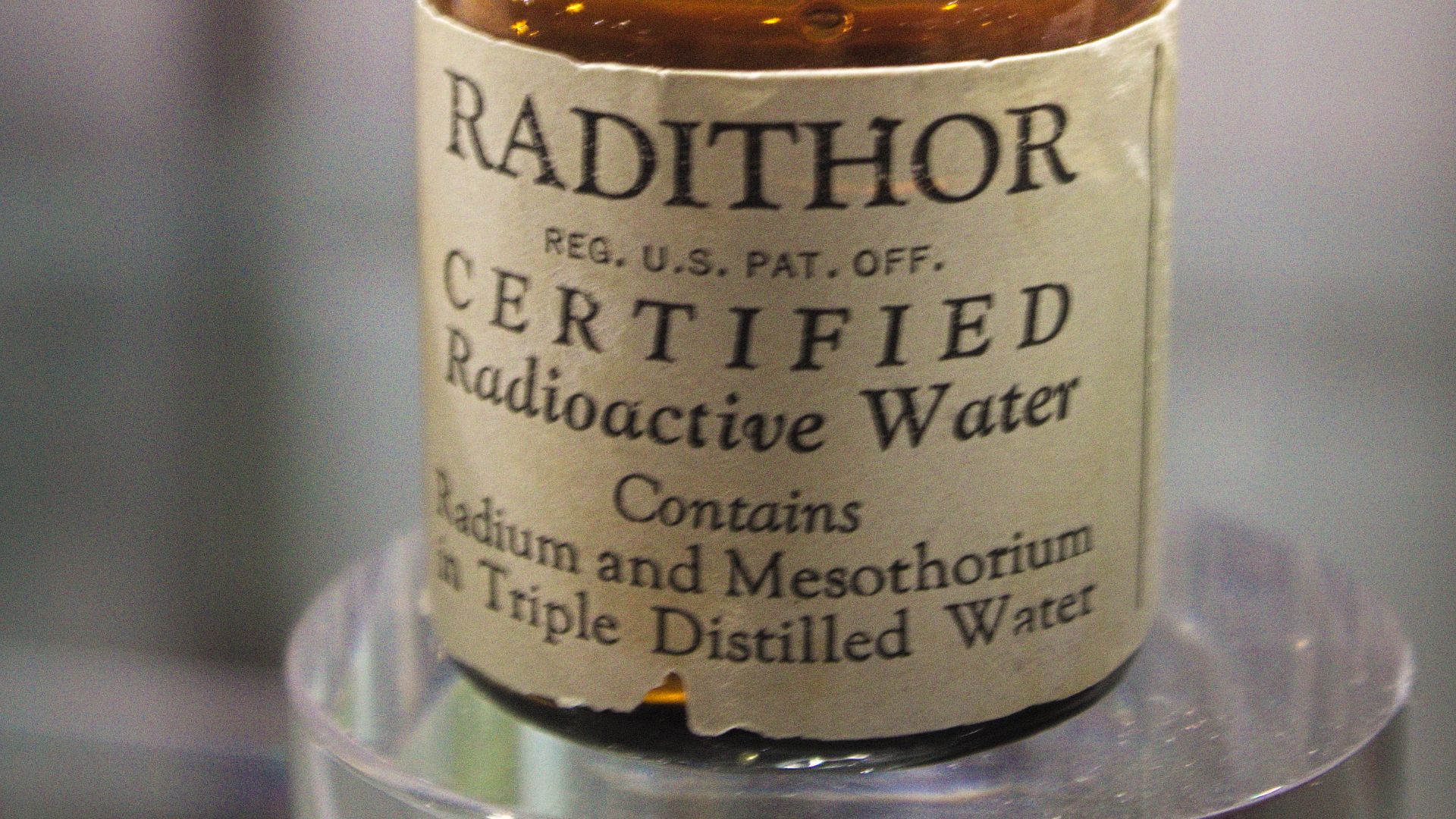 Sam LaRussa from United States of America on Wikimedia
Sam LaRussa from United States of America on Wikimedia
10. Mummy Powder for Pain Relief
Crushed, ground-up mummies—yes, actual human remains—were used as medicine throughout Europe between the 12th and 16th centuries. Apothecaries stocked it like flour, alleging it was helpful for bruises or internal blockages. The craze for ground-up mummy was so enthusiastic that merchants went scurrying to Egypt to plunder the tombs in search of more supply.
11. Transfusions of Animal Blood
Sheep were popular donors, and their calm temperament was thought to transfer to agitated patients. It didn’t, but the attempts continued until enough people died to convince doctors otherwise.
 Photographer: Unknown on Wikimedia
Photographer: Unknown on Wikimedia
12. Lobotomy Ice Pick Technique
A quick jab through the eye socket with something resembling a slender kitchen tool was the normalized treatment for psychological ailments. A flick of the wrist, and suddenly the patient was calmer—though often hollowed out emotionally as well as intellectually.
13. Starvation Therapy for Mental Disorders
Extended fasting was believed to flush out toxic thoughts. Patients were given water, instructed to pray, and told to wait. Some fainted; some hallucinated; a few claimed to gain greater clarity. It’s not so far removed from the prolonged fasts advocated in some circles today.
14. Ear Cauterization for Back Pain
Burning the ear cartilage with a hot iron was recommended for chronic back aches. The idea was that they shared nerve pathways. In modern times, auriculotherapy has evolved into ear acupuncture, which has shown some effectiveness for low back pain in controlled studies.
15. Powder of Sympathy for Wounds
This one treated the weapon instead of the wound. You’d clean the knife, coat it in a special powder, and leave the patient bandaged and untouched. The belief was that healing could travel through invisible connections to reach the patient.
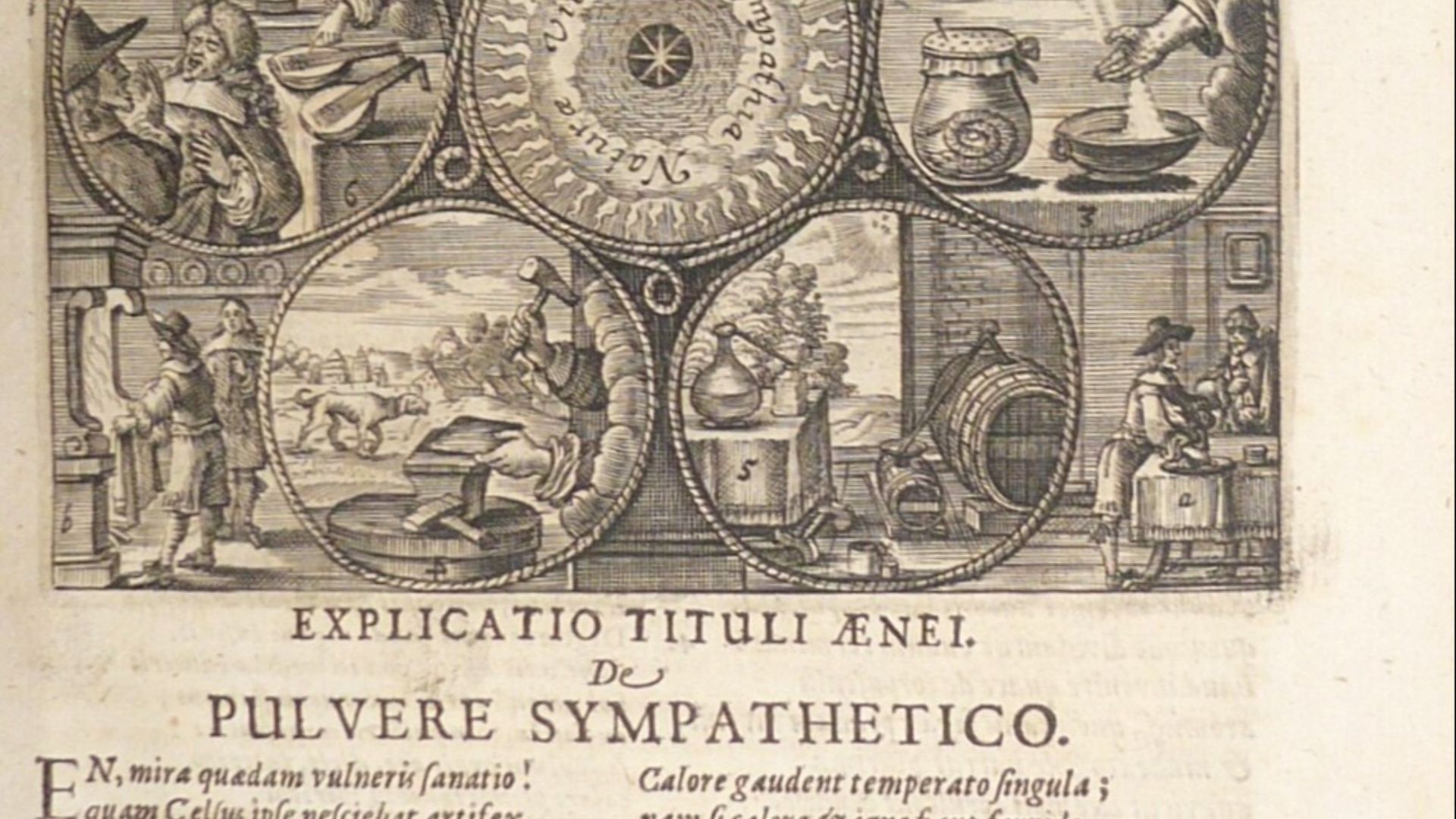 Unknown authorUnknown author on Wikimedia
Unknown authorUnknown author on Wikimedia
16. Lead for Softening Skin
Roman cosmetics included lead-based creams that whitened the complexion. That smooth skin came with an assortment of health problems later in life. Maybe it says something about us that we still use beauty products with questionable ingredients—just less obviously harmful.
17. Fumigating the Uterus
Ancient Greek physicians believed the uterus wandered through the body, causing hysteria. Their solution was to scent it back into place using sweet fumes that coaxed it downward. Conversely, foul odors drove it upward—or so they believed.
18. Golden Tongue Scrapers for Plague Prevention
During outbreaks, some believed scraping the tongue with gold purified the breath and kept disease away. Gold, after all, felt incorruptible. People walked around with ornate little tools on chains—more jewelry than health device.
 Friedrich Hottenroth on Wikimedia
Friedrich Hottenroth on Wikimedia
19. Mosquito Therapy for Syphilis
In the early 20th century, doctors purposely infected patients with malaria, using the fever to kill syphilis bacteria. Their malaria was then treated afterward. In some cases, this temporary misery was actually an effective strategy.
 National Institute of Allergy and Infectious Diseases on Unsplash
National Institute of Allergy and Infectious Diseases on Unsplash
20. Urine Therapy Across Cultures
Drinking small amounts of one’s own urine pops up in medical traditions worldwide—sometimes for hydration, sometimes for “purification,” sometimes because other options were scarce. You can picture someone taking a hesitant sip with a grimace, all the while hoping for the best.
KEEP ON READING

20 Strangest Medical Procedures in History
Humanity’s Oddest Attempts at Healing. Medical history reads like a…
By Cameron Dick Nov 19, 2025
How Coffee Fueled the Enlightenment’s Greatest Thinkers
Fæ on WikimediaCaffeine is a highly normalized and accepted drug…
By Emilie Richardson-Dupuis Nov 19, 2025
20 Historical Romances That Weren't True Love
Did Josephine Truly Love Napoleon?. History is rife with kings,…
By Rob Shapiro Nov 19, 2025
How The Netherlands Became A Bike-Focused Country, And If We…
Gaurav Jain on UnsplashThe city of Amsterdam is well-known to…
By Breanna Schnurr Nov 18, 2025
How Irena Sendler Smuggled 2,500 Children Out of the Warsaw…
Unknown authorUnknown author on WikimediaIrena Sendler was a Polish social…
By Cameron Dick Nov 18, 2025
Why People Still Argue Over Shakespeare's Authorship 400 Years After…
Attributed to John Taylor on WikimediaWhat do Helen Keller, Sigmund…
By Ashley Bast Nov 18, 2025

